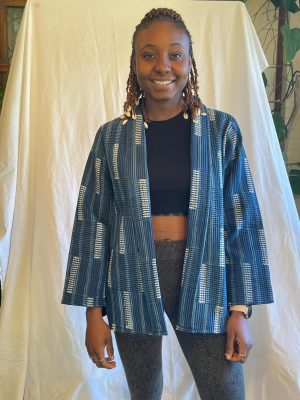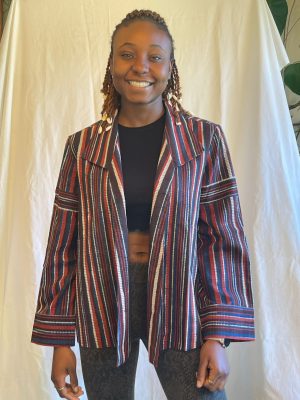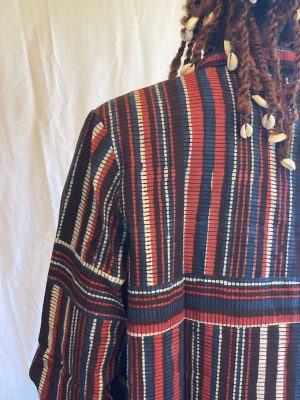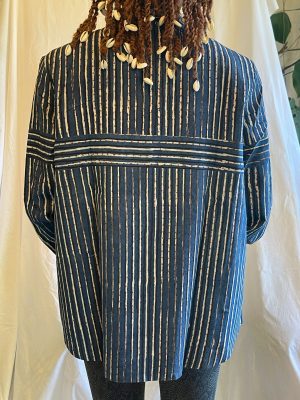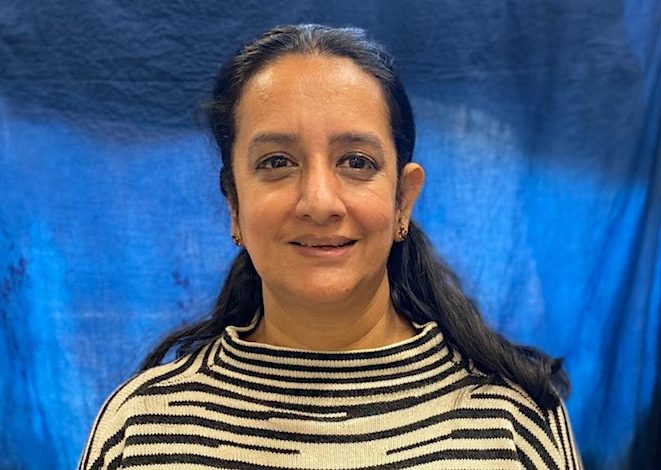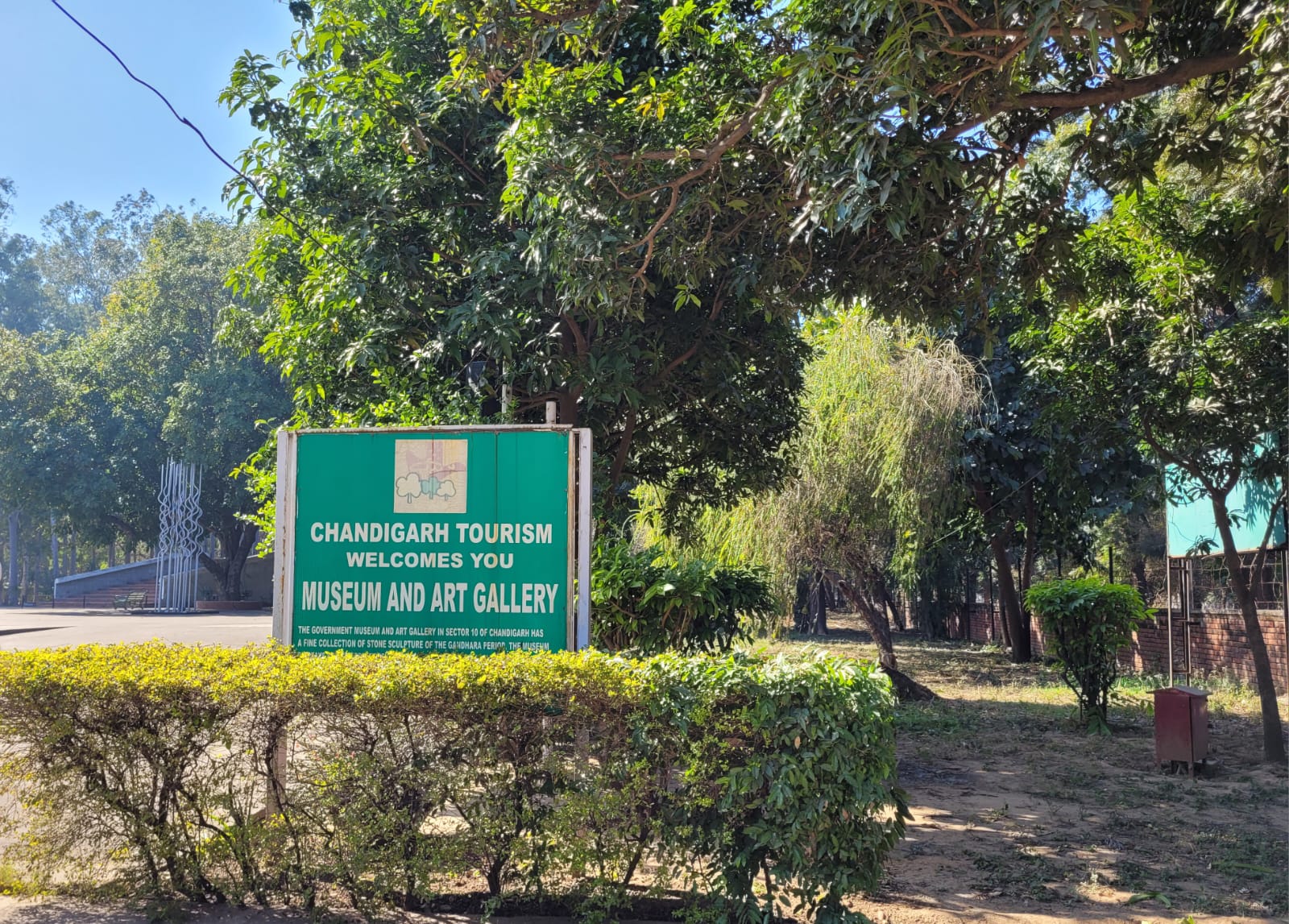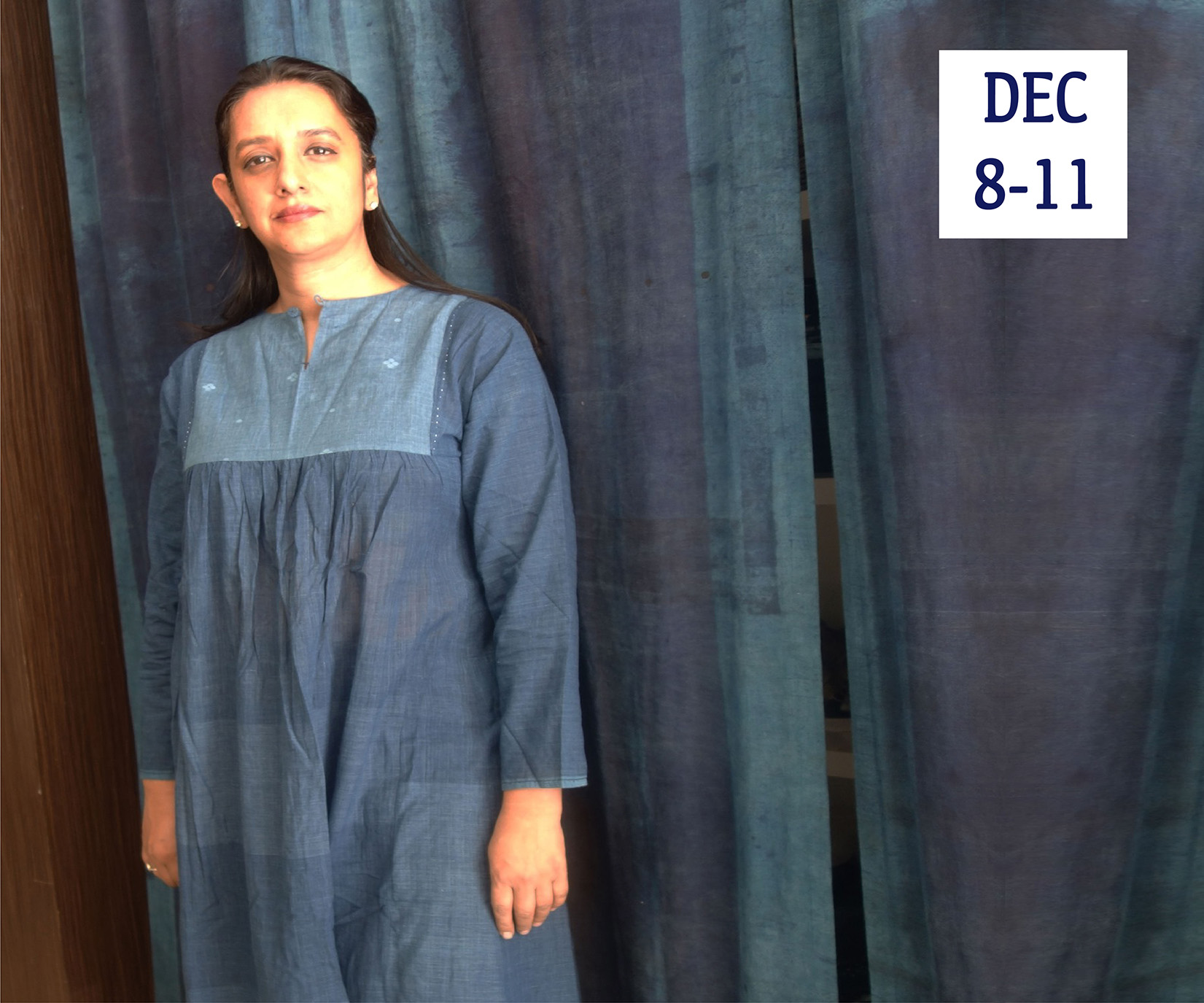The loin loom is one of the earliest and most ancient ways of weaving used by women throughout the world. In ancient India, it was considered a sacred act linking the rhythms of the human body through breath, prana or life force, to the weave. One of its warp bars are strapped to the waist and the weaver uses her body weight to create tension. As she inhales the tension is built and the weft is beaten into the warps; as she exhales she lifts the reed creating a shed for throwing the weft thread.
In the loin loom, patterns are woven in as though they are emerging from the weaver’s very being. The act is like a form of yoga, with controlled breathing and disciplined movement, the weaver goes into a state of dhyana meditation, brought on by continuous movement. The woven patterns emerge as a “manifestation of introspective concentration.” (Sacred Textiles of India)
Today we are going to explore the ikats from India! The technique of ikat, known in India as patola, bandha, chitka, andtelia rumal – to tie, bind, or link – involves binding the threads of dye-resistant material, and then dyeing them before they are woven. Dyeing plays the most prominent role in the ikat weave. The pattern is not formed by weaving together different threads of colored strands, nor is it printed on fabric. It is made by dyeing the warp and the weft threads before weaving. The designs and patterns are transferred to the fabric straight from the weaver’s imagination.
The magic is in the transportation of pattern from imagination to reality. This is fundamental in weaving ikat. The completed ikat was considered a powerful magical cloth, instilled with the ability to cure, to heal, to purify, and to protect.
“The art of dyeing has always been linked with alchemy, with magic, with transformation, with the mystery of the unknown. This mystique gets reflected on the practitioners. The dyer was an alchemist, who collected herbs, roots, scales of insects, natural minerals, and used these to transform plain cloths of cotton, wool, or silk into myriad hues.”– Sacred Textiles of India
Ikat developed first in coastal states: Gujarat, Orissa, and Andhra Pradesh through the sea route of Malayan trade. Each of these states are known for their ikat weaves. There are two types of ikat: single-ikat and double-ikat. Single-ikat is where the dye is applied to tied threads of either the warp or the wefts. Double-ikat, the most prized, is where both the warp and the weft threads are tied and dyed and then woven for the pattern to emerge.
PATOLA
Patan, Gujarat is most famous for their double-ikats. Patola is an ancient Indian sacred cloth well known as a luxury export to Malaya and Indonesia as a symbol of nobility and praised for its magical properties. Today, they are made in Patan on a very limited scale. The double-ikat weaving tradition of Gujarat is on the verge of extinction. There are only two families of Jains weaving patolas. Popular motifs were flowers and jewels, elephants, birds, and dancing women. Fine patola in thevagh–na-kunjar(elephants and tiger) motif were extremely popular. Each thread, in its undyed state, needed be counted out, thread by thread, and collected in bundles. Each bundle is then tied and dyed to the particular pattern desired. This work requires two weavers known as salvis. Six to ten inches of fabric are woven each day–that of a sari takes one month.
BANDHA
The ikat technique in Orissa (now known as Odisha) is commonly known as Bandha and referred to as “poetry on the loom.” The Orissan style of ikat has a unique style of flowing designs. The resist tying is done finely on two-thread units giving greater detail and fine curves. Much of the design and color choices are influenced by Lord Jagannath. Every color and symbol represents a concept of the Jagannath cult. The primary colors are white, black, yellow, and red to represent past, present, and the future, to the Vedas and the Gods. Bandha of Orissa stands apart with its natural motifs including floral, fish, animals, and rarely geometrical.
Indian Textiles, Gillow and Barnard
The Sambalpuri Saree is a traditional handwoven Ikat saree that is produced in Bargh, Sambalpur, Sonepur, and nearby districts of Orissa. They are popularly known as PATA using traditional motifs like shankha (shell), chakra (wheel), and phula (flower).
CHITKI AND TELIA RUMAL
The Telugu word for tie and dye is chitki and is what the ikat of Andhra Pradesh is known as. The oldest center in today’s Prakasam District is Chirala, which is most famous for the production of telia rumals, a square shaped patterned cloth. Telia Rumal directly translates to “oily handkerchief”. The cloth is dyed with traditional alizarian dyes, which left an oily smell from which the name derives. They were originally produced for the Muslim market and used as headcloths by Muslim men. Today, the few surviving weavers supply local fishermen who use the cloth as lungis or as turbans.Telia Rumalis a very laborious double-ikat weave. The yarn is treated with oil then tied and dyed. Each of the warp and weft threads are individually positioned on the loom prior to weaving. Only three colors are traditionally used – red, black, and white.

